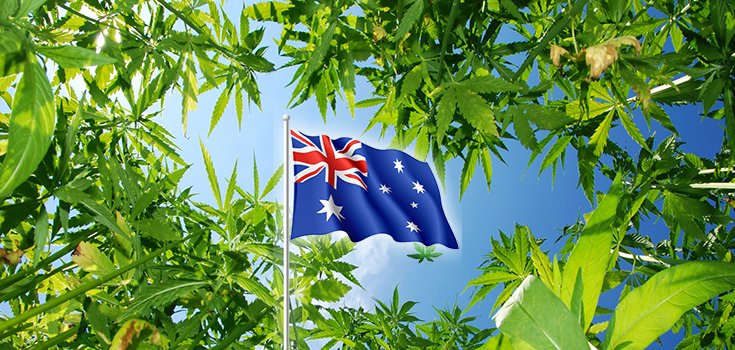Australians Finally Close to Obtaining Access to Legal Cannabis

After what has seemed like forever, some Australians are finally getting close to obtaining access to legal cannabis. The federal government has recently loosened the restrictions on importing cannabis, meaning that suppliers of medicinal products can import to Australia in bulk, store a surplus, and mail it to patients with a doctor’s prescription. [1]
Previously, the only products that could have met Australia’s strict standards for quality would have all been classed as “unapproved medicines,” as they have not been tested in the country. Apparently, Australians must be of a much different breed of human, with entirely different biology.
Licensing and legal cultivation has been possible since October 2016, but it takes many months to set up a farm and then grow plants to a point where they can be harvested. Australia is also far more repressive with cannabis than regions such as Colorado in the United States. It is not legal to grow your own plants, or for just anyone to buy anything from a retail store – a prescription must be obtained from the Special Access Scheme, that requires approval from the state and federal governments. [2]
Until February 16, 2017, medicinal cannabis products had to be shipped directly from a foreign manufacturer to the patient on this same case-by-case basis, which cost thousands per patient. Another problem is that doctors who can prescribe the herbal medicine are not allowed to advertise this. Additionally, the main beneficiaries of these new changes are large companies such as GW, Tilray, Bedrocan, AusCann, and companies involved in pharmaceutical logistics.
Imported medicinal cannabis could be available to certain Australians in weeks. Some of the qualifying conditions are severe epilepsy, cancer (for certain symptoms) and multiple sclerosis; all debilitating, chronic, and painful illnesses.
Unfortunately, prevention and milder ailments still do not count as “valid.” The Australian Medical Association still believes there is not enough evidence for even the small list of “allowed” illnesses. It seems as though the organization refuses to listen to “real people,” such as Lucy Halsam, whose terminally ill son smoked cannabis to prevent nausea after chemo.
On the other hand, currently 8 US states allow cannabis for recreational use, with several more likely to join them in the near future. These states previously legalized the plant for medicinal use, so it looks unlikely that a restrictive, prescription-only policy is here to stay.
Overall, cannabis laws are liberalizing, with use for serious illness, milder ailments, prevention, or as an alcohol (tobacco, etc.) substitute becoming possible for more people, even though it can be quite slow.
Sources:
[1] Leafly
[2] ABC Australia
